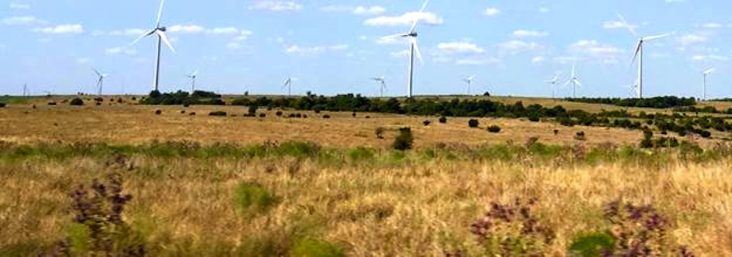Wind power generation surpasses hydroelectricity capacity in 2016
by March 7, 2017 10:24 am 194 views

For the first time, wind electricity generating capacity was greater than hydroelectric capacity, after 8,727 megawatts of wind capacity was added to the U.S. power grid in 2016, according to the U.S. Energy Information Administration. But hydroelectricity capacity is expected to rise ahead of wind capacity in 2017 because of hydroelectricity’s higher average capacity and the greater than usual amount of precipitation on the West Coast.
Wind and hydroelectricity generation follow seasonal patterns. Hydroelectricity usually reaches peak generation in the spring and early summer, “especially in the Pacific Northwest and California where about half of U.S. hydropower is produced. Across most of the country, wind generation typically peaks in the spring with a smaller peak in late fall and early winter. The Pacific Northwest and California have a slightly different seasonal pattern for wind resources, with generally only one peak in the early summer,” the EIA shows.
On Feb. 12, Little Rock-based Southwest Power Pool was the first regional transmission organization in North America to serve more than 50% of its load at a given time with wind energy. The organization served 52.1%, or 11,419 megawatts, of its load using wind power. Southwest Power Pool is one of seven U.S. regional transmission organizations, and together they serve two-thirds of the electricity consumption in the United States.
The Electric Reliability Council system, which covers most of Texas, “continues to set records for the highest level of wind generation on any U.S. electric system,” according to the EIA. On Dec. 25, 2016, wind generation accounted for 16,022 megawatts of electricity and “slightly more than 47% of the generation mix at the time.”
